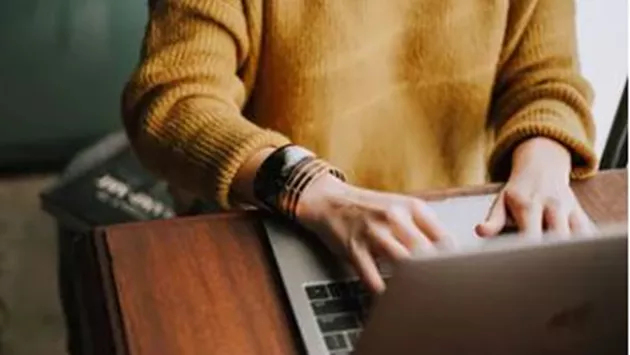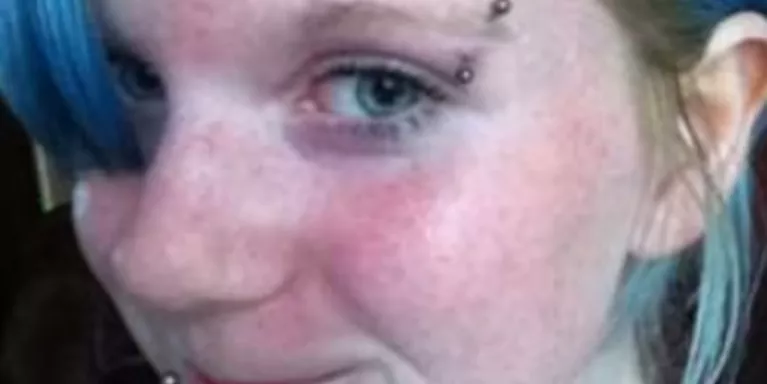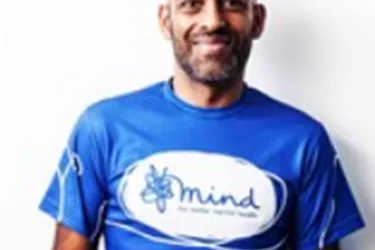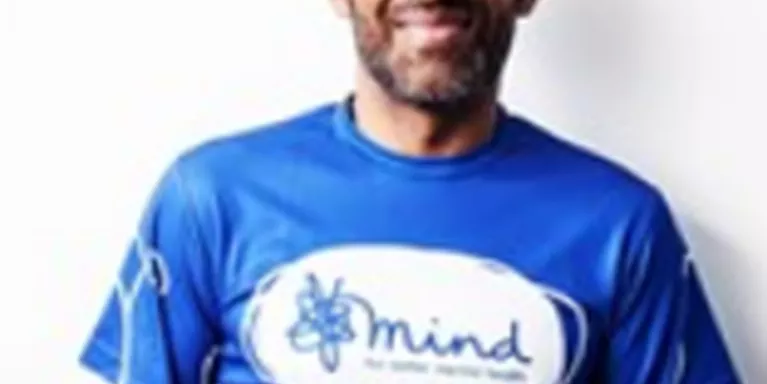Experiences of restraint: How art and involvement have inspired change
Gary, who has bipolar disorder, writes on how being restrained in a mental health setting was a painful experience, and how art and involvement have helped him to manage his health and promote positive change.
During the 1990’s I was in my twenties. It was a difficult period for me as I was in and out of hospital in Hackney with episodes of bipolar disorder. My manias could be very extreme, meaning that I would need to be restrained by nurses. During this period, for around a decade, being restrained is something that I would experience a lot.
Being restrained would be a very painful experience, both in a physical sense and through the mental distress that it would cause. At times I would be held in a position that made it difficult for me to breathe, and I’d feel as if I was being held under water in some sort of torture procedure. Rather than care treatment, it would feel more like a punishment and whilst it might have lasted for around 20 minutes, it would seem like an eternity.
What really stood out from my experience was the complete lack of empathy on behalf of those that used restraint. Even after the ordeal of being restrained, nobody would ever sit with me or try to explain what had happened and why. Looking back now, this sort of debrief would have helped in some capacity – even if it just meant having someone to talk to.
"I've been able to use what happened to me to try and make a positive change."
Having experienced how negative the use of restraint can be upon a person, I’ve been able to use what happened to me to try and make a positive change. At the launch of the Positive and safe programme in 2013– a programme aimed at reducing the need for restraint – I was able to meet and speak to the then Care Minister Norman Lamb. I’ve also been given the opportunity to share my experiences by speaking at conferences around restraint in Plymouth and Somerset.
I’ve also been able to form part of the focus group that contributed to the new guides on physical restraint published by Mind and NSUN. I hope that they’ll be useful in helping everyone to move forward with restraint in the most effective way, with the voice of those with experience central to that. The guide can help anyone in the mental health system better understand how restraint can be improved, helping service users, carers and health professionals alike. There’s also a campaigner guide which can help service users to influence their providers to introduce the changes they want to see in the services that they use.
For me, art is something that really helps me to manage by bipolar these days, 16 years after I was last admitted to hospital. One of my paintings, ‘Harmonia’, has been included in the guide, and I hope that it will encourage, inspire and help others. We need to put empathy and compassion at the forefront of how restraint is carried out in the future.
We all want to see a reduction in the use of restraint in mental health settings - an experience that can be scary, humiliating and cause unnecessary distress.
Mind and NSUN want to empower people with experience of mental health problems to be part of local initiatives to reduce restraint and spread good practice. Find out more about restraint and how you can get involved influencing change in your area by reading our guides online.
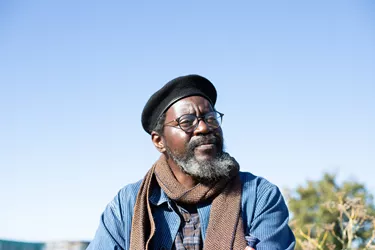
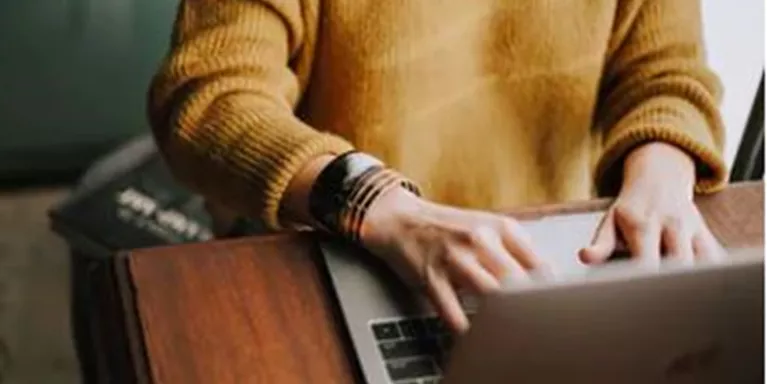
Information and support
When you’re living with a mental health problem, or supporting someone who is, having access to the right information - about a condition, treatment options, or practical issues - is vital. Visit our information pages to find out more.
Share your story with others
Blogs and stories can show that people with mental health problems are cared about, understood and listened to. We can use it to challenge the status quo and change attitudes.









